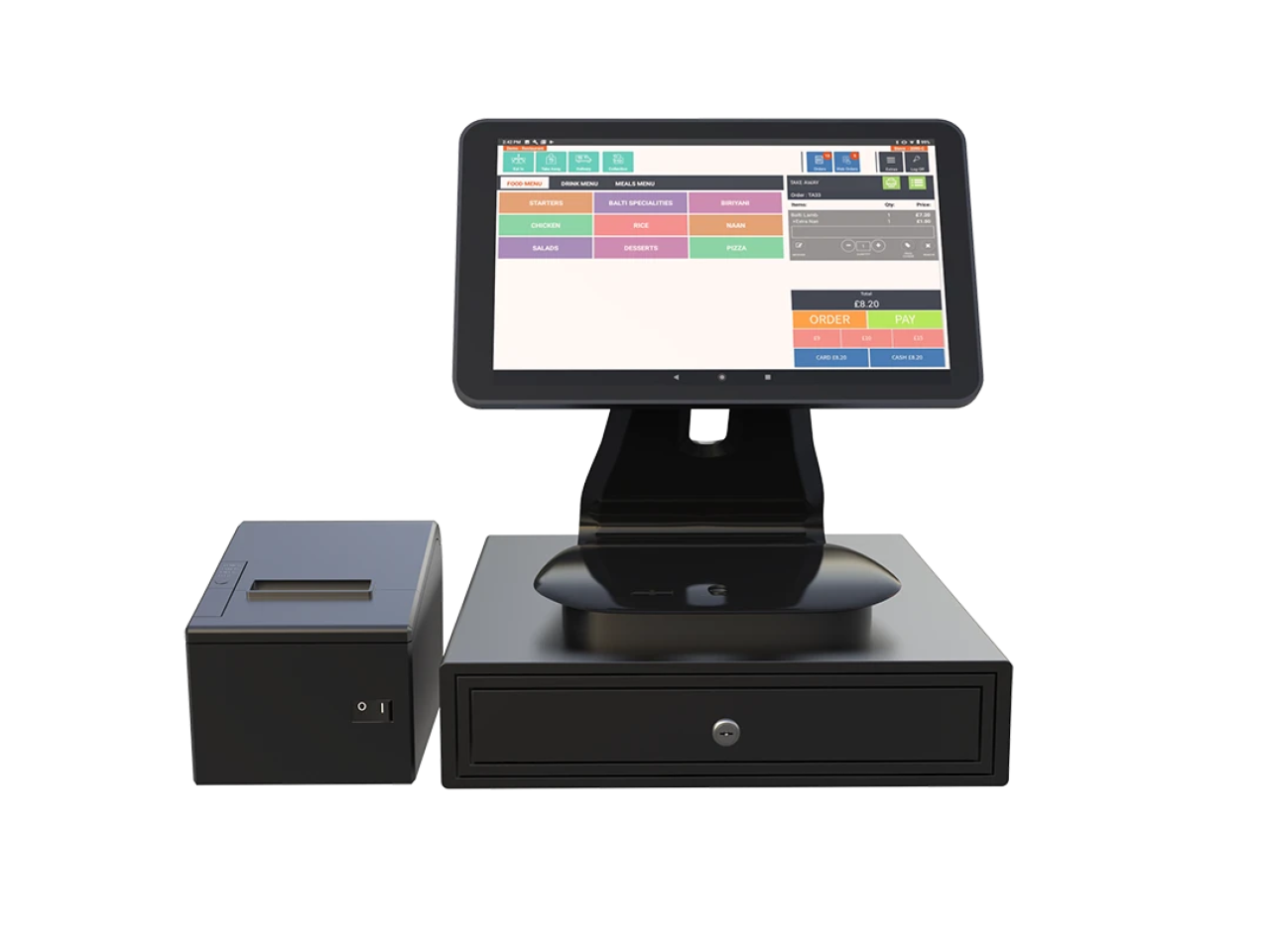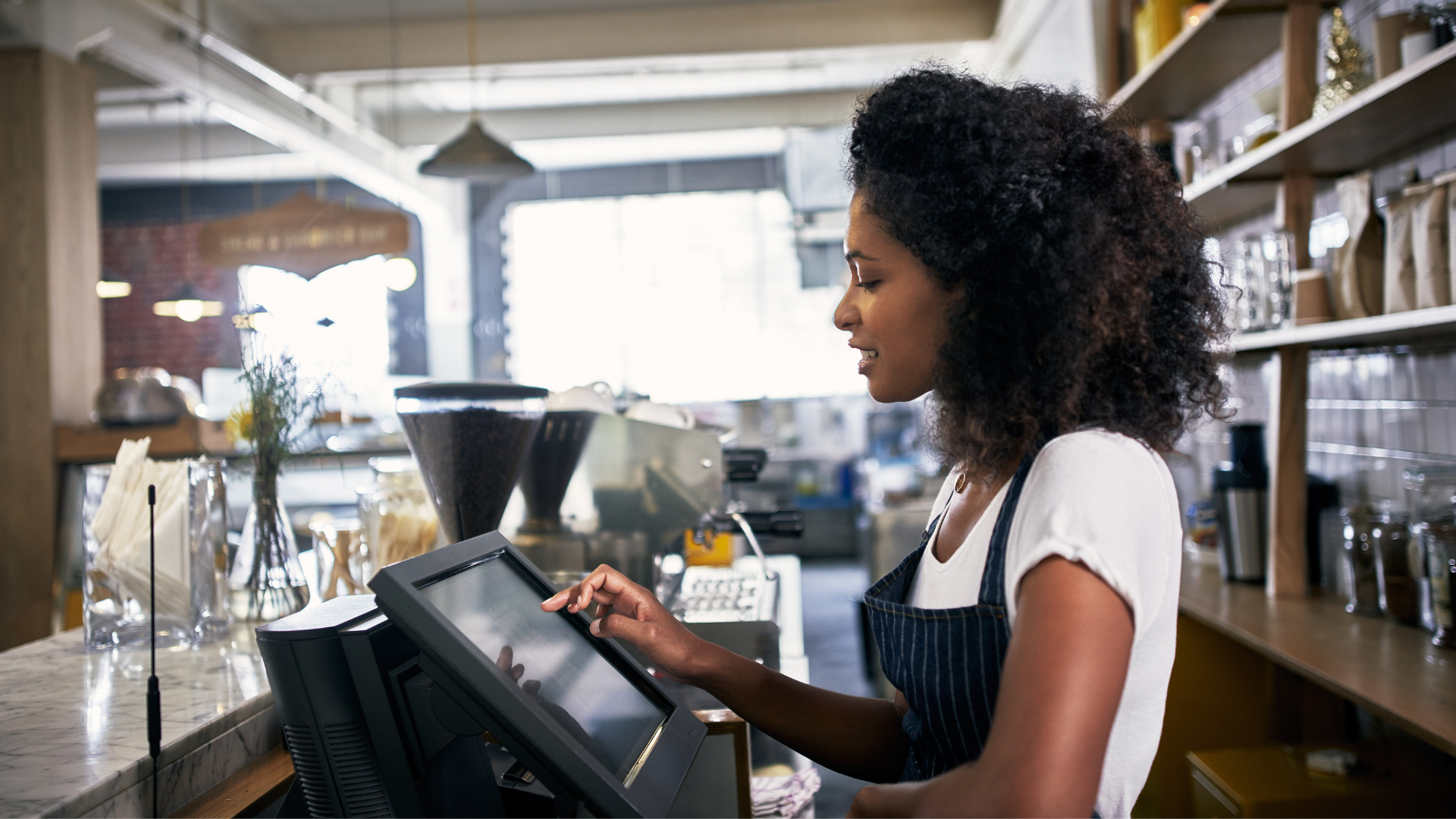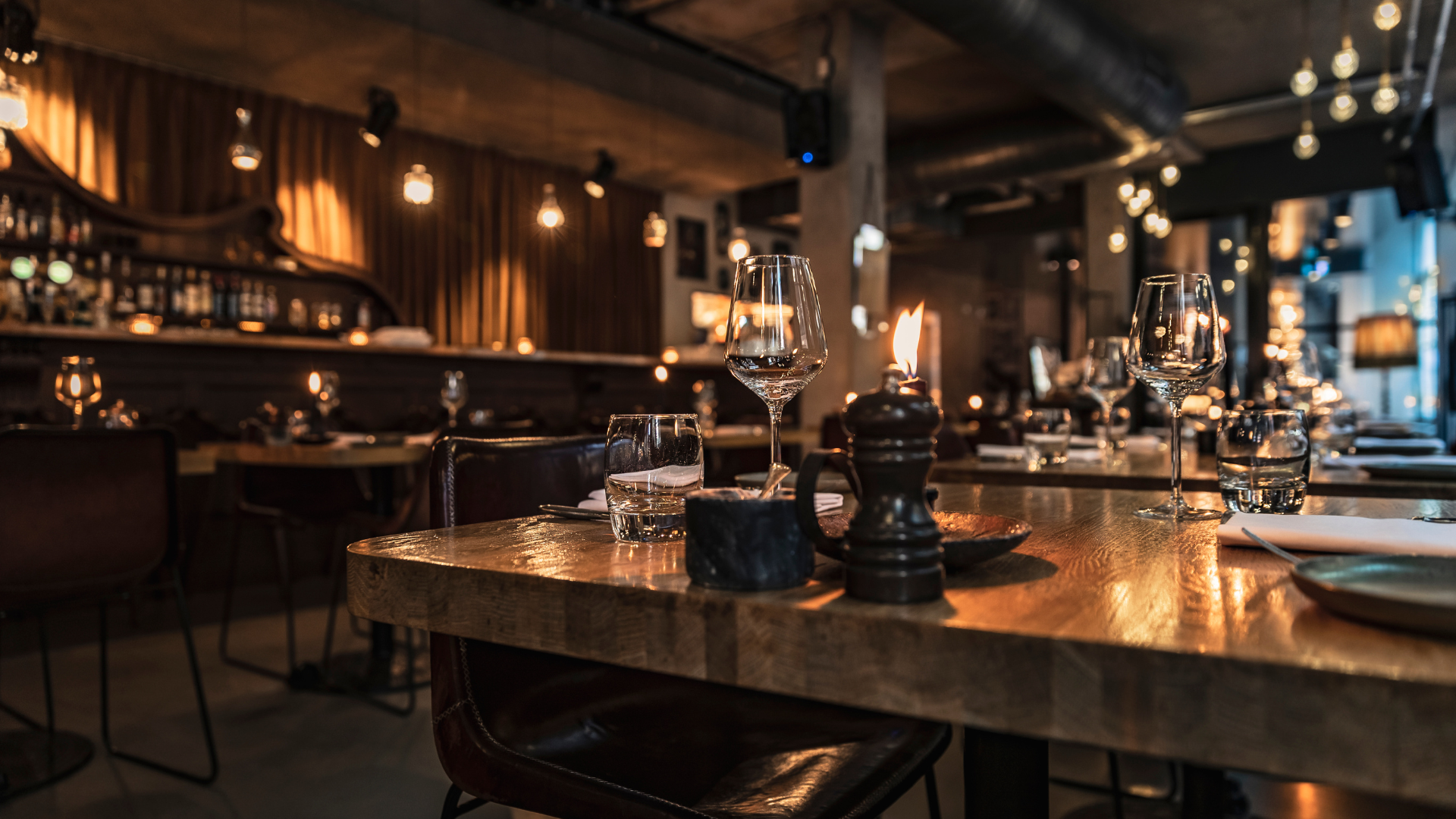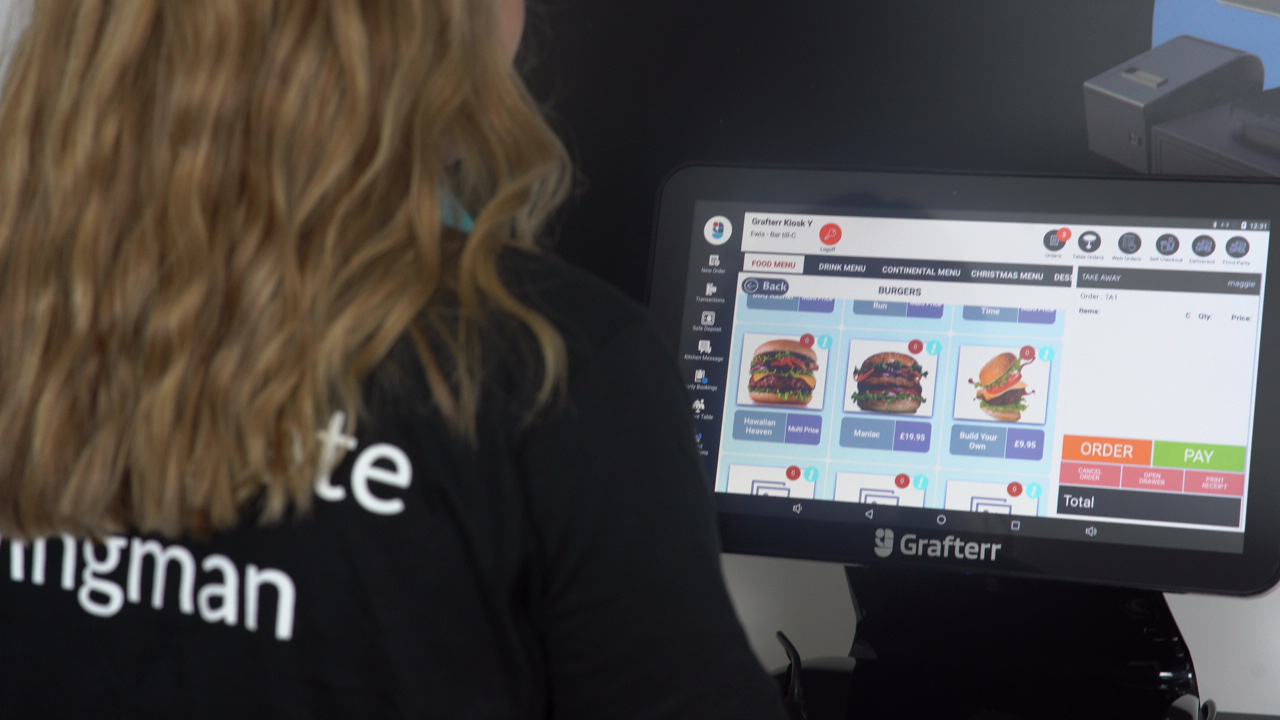Step into the dynamic world of the United Kingdom’s dining scene, where innovation and tradition unite to redefine how we experience food. In this comprehensive article, we’ll take you on a journey through the exciting changes and innovations that have reshaped the UK’s dining landscape, offering an enticing blend of tradition and technology. Prepare to be captivated by the evolution of dining, where every bite is a tech-savvy adventure!
Digital menus: A feast for the eyes
The era of paper menus is history! It’s time for the wonders of digital menus, where stunning images and even augmented reality whisk you away on a visual culinary journey.

Digital menus have become more than just a list of dishes; they are an extension of a restaurant’s identity and a vital tool for enhancing the customer experience. Embracing digital menus offers an opportunity to captivate diners with visually appealing designs that make meal selection an enjoyable part of the dining experience. More than just a functional necessity, these menus can entice customers with their creativity, clarity, and alignment with the restaurant’s overall aesthetic. As customers increasingly expect interactive and dynamic experiences, well-designed digital menus can significantly elevate their engagement and satisfaction.
Crafting an effective digital menu requires a blend of visual appeal, user-friendliness, and strategic design. It’s not just about displaying dishes; it’s about creating an immersive experience that aligns with your brand’s story and values.

Here are ten hacks to help you design a digital menu that not only looks great but also enhances your customers’ dining experience:
- Keep It Simple: Avoid clutter. Use a clean, simple layout that makes it easy for customers to navigate and make choices.
- High-Quality Images: Use high-resolution images of your dishes. Pictures can entice customers more than descriptions alone.
- Brand Alignment: Ensure your digital menu reflects your restaurant’s branding in terms of colors, fonts, and style.
- Easy Navigation: Design for easy scrolling or swiping through different sections of the menu.
- Regular Updates: Keep your menu updated with the latest dishes and prices, showcasing seasonal specials or new items.
- Readable Fonts: Use fonts that are easy to read on digital screens, even in various lighting conditions.
- Interactive Elements: Include interactive elements like dish preferences or ingredient information for an engaging experience.
- Use of Colors: Utilize colors strategically to highlight special dishes or offers.
- Responsive Design: Ensure your digital menu is responsive and looks good on various devices, from tablets to smartphones.
- Customer Reviews: Feature customer reviews or ratings for popular dishes to guide diners in their selection.
Sustainable dining: Tech for a greener future
The global push towards sustainability has found a strong ally in technology, especially in the world of dining. As environmental awareness grows, restaurants are increasingly turning to technology to reduce their carbon footprint and promote sustainable practices.
From farm to table, technology is being leveraged to streamline operations, reduce waste, and source ingredients responsibly. This shift is not just about being eco-friendly; it’s about meeting the evolving demands of consumers who prioritize sustainability in their dining choices.
Digital platforms are aiding restaurants in tracking their supply chains for sustainable sourcing, while waste reduction technologies are helping kitchens minimize their environmental impact. Moreover, energy-efficient appliances and smart systems are becoming commonplace, significantly reducing energy consumption and promoting greener operations.
Digital menus and interactive platforms offer customers insights into the sustainability of their food choices, fostering a more informed and environmentally conscious dining community. These technologies not only aid in operational efficiency but also serve as tools for transparency, allowing restaurants to share their sustainability journey with their patrons. By adopting these tech-driven practices, restaurants are not just contributing to a greener planet, but also enhancing their brand image and customer loyalty.

In line with sustainable dining, Grafterr POS offers an innovative solution that aligns with your restaurant’s green goals. Our advanced Point of Sale system is designed to minimize waste and optimize operations. With features like digital receipts, inventory management, and energy-efficient operations, Grafterr POS is your partner in achieving a more sustainable, efficient, and profitable business model. Choose Grafterr POS, and take a step towards a greener, more sustainable future for your restaurant.
Conclusion
In conclusion, the UK’s dining landscape is undergoing a remarkable transformation, blending traditional culinary art with modern technology. Digital menus have emerged as a key player in this evolution, offering diners an immersive and interactive experience that extends beyond mere food selection. They exemplify the shift towards a more dynamic, visually-driven, and sustainable approach in the food industry. Alongside, technologies like Grafterr POS are pioneering in environmental sustainability, reflecting a growing consciousness towards eco-friendly practices in dining. Together, these advancements are not just redefining the dining experience but are also setting new standards in customer engagement and environmental responsibility in the restaurant industry.





